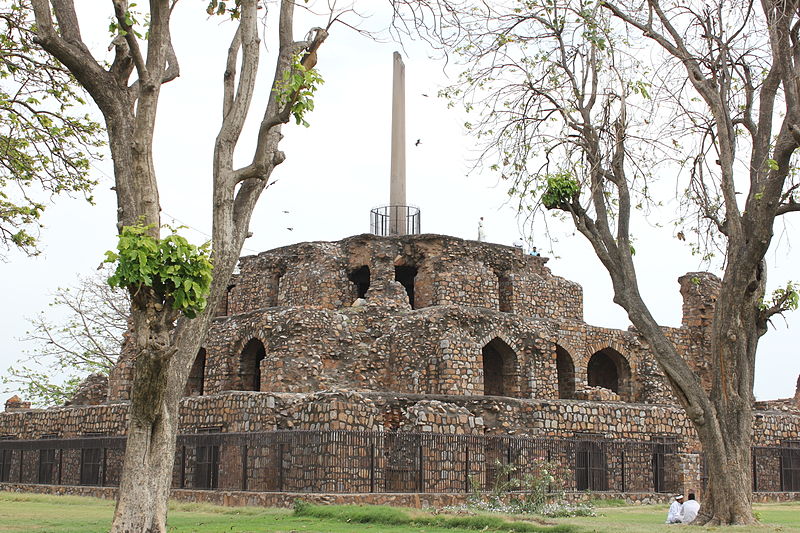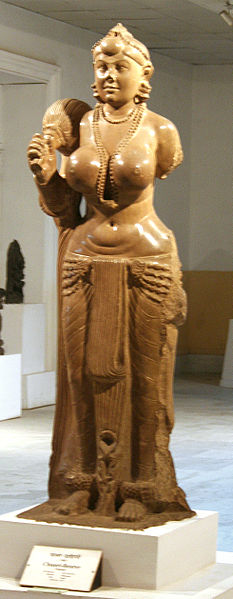Table of Contents |
This lesson focuses on the reign of King Ashoka, during the third century BC in ancient India. Specifically, you will focus on the Indian subcontinent.
Below is a timeline of this time period.

The Buddha is important, because he’s the founder and namesake of Buddhism. His name means “enlightened one.” He was born as Siddhartha Gautama around 563 BC and died in 483 BC.
Buddhism looks at life as a journey of self-discovery, with the ultimate goal being to achieve nirvana, which is enlightenment or a profound peace of mind. To do this, earthly desires, considered suffering, must be eliminated. Working towards this is called the path to enlightenment.
Upon becoming enlightened, Siddhartha changed his name to Gautama Buddha, or simply the Buddha, and decided to travel around India to preach his discipline. One of the places that he stopped was called Sarnath. Sarnath has become a pilgrimage site for Buddhists, because it was here that the Buddha converted a man named Kondanna and his followers. This conversion in turn created the first Sangha, or Buddhist community.
King Ashoka ruled the Mauryan Kingdom from 272 BC to 231 BC. The Mauryan Kingdom was the largest ancient Indian period. It was founded in 323 BC after the defeat of Alexander the Great and the Macedonians, or Greeks. This is important because later King Ashoka adopted Buddhism. In doing so, he made it the national religion. The Pillars of Ashoka were monumental forms of architecture, large pillars about 30 to 40 feet tall. The Ashokan Pillars were inscribed with the laws, or edicts, which Ashoka based on the dharma, the idea of duty in Buddhism.
These pillars were embedded in the earth and created a connection, in this case a vertical connection, between heaven and earth. This connection is called axis mundi. The pillars, which were inscribed with these laws, or edicts, were located everywhere in order to ensure people were adhering to the laws.
EXAMPLE
Here is one of the Pillars of Ashoka, a 3rd century BC stone structure:
Monumental architecture was not the only artwork of importance during this time. Sculpture was another form of art that gained importance during the third century BC.
EXAMPLE
Here is an example of a yakshi holding a fly whisk:
The above image shows the skill of the artists in depicting not only the female physical features, but also elements such as jewelry and the folds of the cloth. These are stylistic conventions that inspired later Buddhist art.
Source: THIS TUTORIAL WAS AUTHORED BY IAN MCCONNELL FOR SOPHIA LEARNING. Please see our Terms of Use.